Bolt EUV review, electric Jeep, Rivian charging network, Biden EV policy: The Week in Reverse
Which electric car can get a big software upgrade if you go to the dealership?
Which EV maker leaves the most range when it says there’s nothing left?
This is our look back at the Week In Reverse—right here at Green Car Reports—for the week ending March 26, 2021.
We brought you first drive impressions of the 2022 Chevrolet Bolt EUV and found that thanks to available Super Cruise, a moonroof, and more space, combined with a 250-mile range, it’s simply the better Bolt.
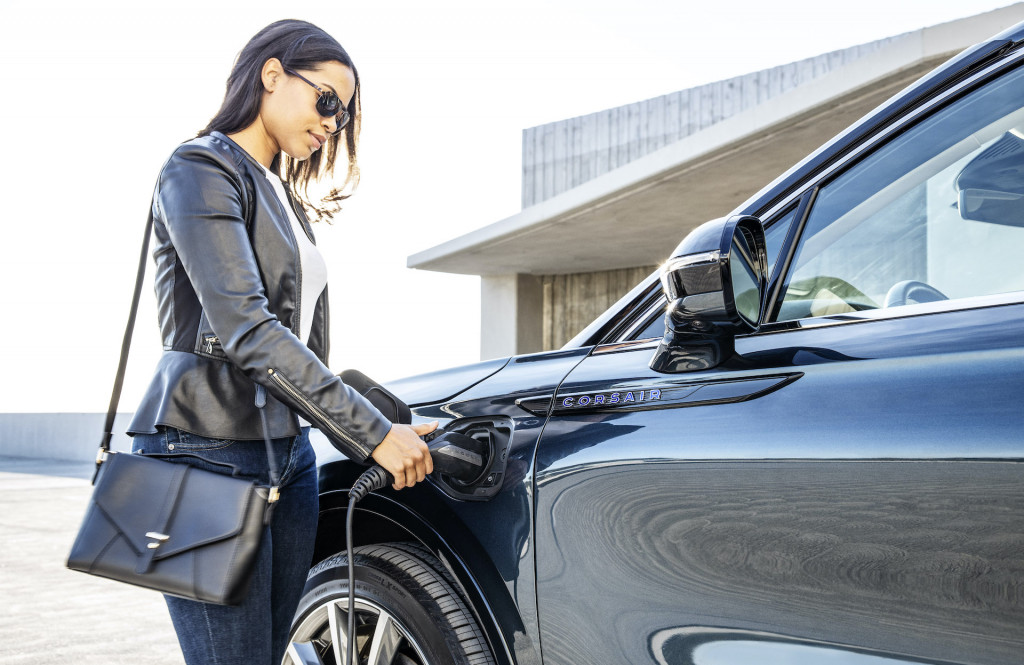
2021 Lincoln Corsair Grand Touring
The Ford Escape Plug-In Hybrid is on track for a release by the end of the calendar year, Ford says. The model, which was waylaid last year due to battery concerns, is now delayed due to the global semiconductor shortage. Meanwhile, the 2021 Lincoln Corsair Grand Touring, which is closely related to the Escape Plug-In Hybrid, has been rated for 28 electric miles on a charge and is arriving later this spring.
BMW revealed plans for EVs to be half of its global sales by 2030—although it won’t yet commit to an end date for internal-combustion models.
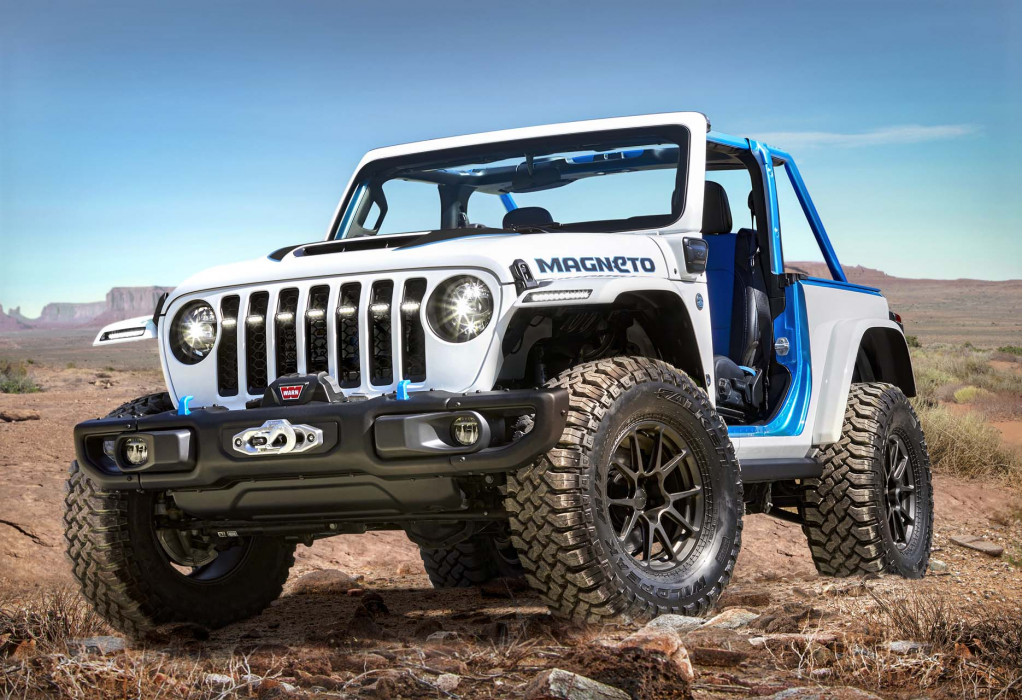
Jeep Wrangler Magneto concept
Jeep revealed a fully electric version of its off-road icon, the Wrangler SUV—although its form, the Magneto concept, is an early exploration of a model that won’t arrive for a few years. Official EPA ratings for the 2021 Jeep Wrangler 4xe plug-in hybrid were also confirmed this week, at 22 all-electric miles and just 20 mpg as a hybrid.
Rivian revealed its plan for a national charging network—including more than 3,500 DC fast-charging connectors and more than 10,000 Level 2 connectors. Colorado will benefit from charging stations at its state parks.
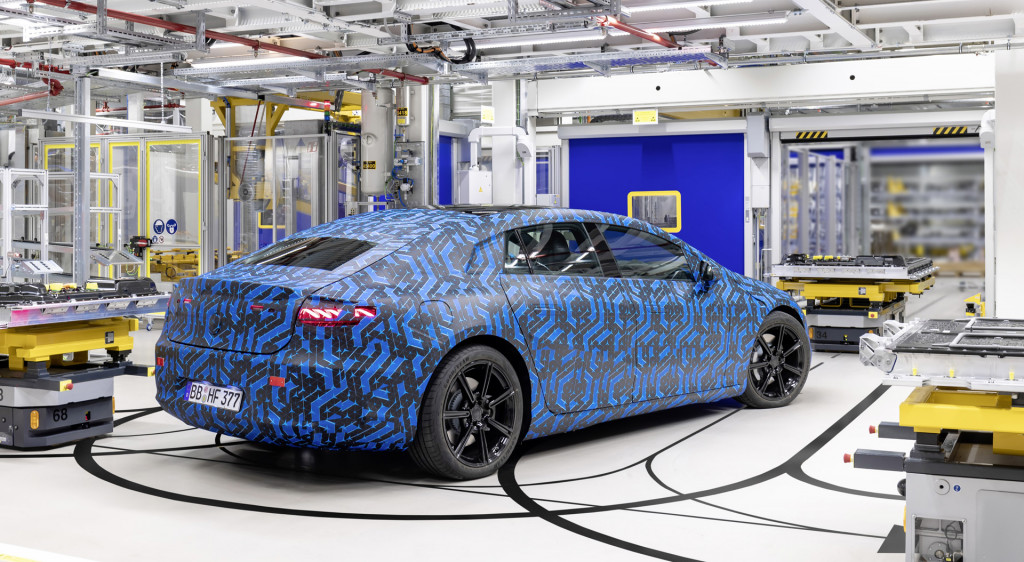
2022 Mercedes-Benz EQS prototype
Mercedes-Benz reported that it has started making the 108-kwh battery pack for its flagship EQS electric car—due to be revealed April 15 and expected to return more than 435 miles by typically more generous European WLTP standards.
Owners of the 2020 Porsche Taycan are eligible for a big software upgrade giving them improved performance plus many of the features added to the 2021 model—although they’ll need to leave the vehicle at the dealership for a couple days.
The Jaguar I-Pace is launching in India, the home of Jaguar’s parent company Tata, and it’s not cheap.
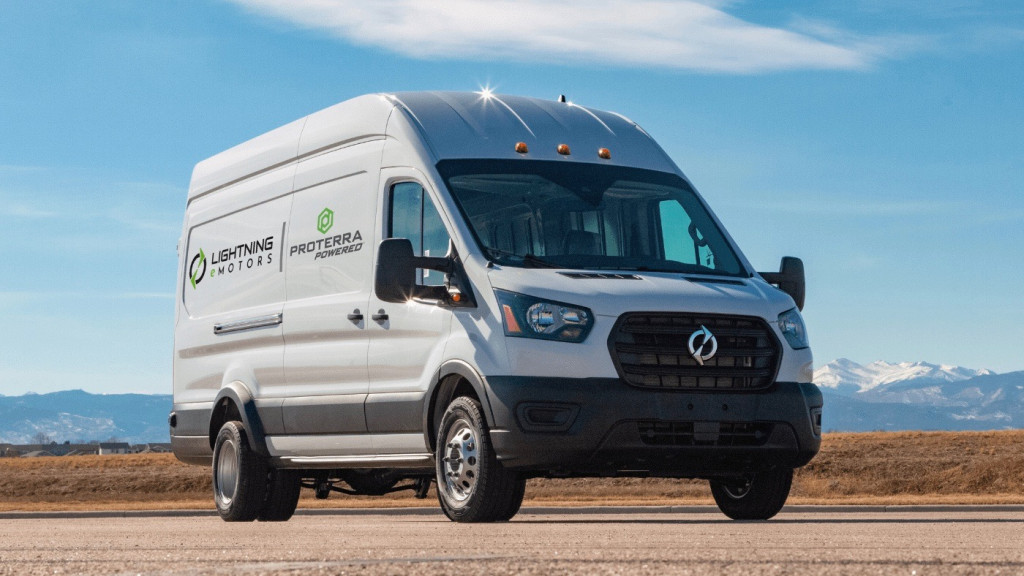
Lightning eMotors Ford Transit
Colorado’s Lightning eMotors announced that it’s tapping into Proterra batteries for its Ford Transit-based commercial electric vans that might be used for heavier-duty solutions than Ford’s own E-Transit lineup also coming soon.
Researchers in Sweden are a step closer to seeing the vision of a “massless battery”—that’s using the battery itself as the body structure—as a reality.
Among the latest batch of long-range electric vehicles, Tesla leaves more range available as a backup at an indicated zero range. That’s what testing from Edmunds indicated, although they also point out that two out of three Tesla models tested couldn’t meet their expected EPA range.
UC Berkeley researchers suggest that while the shift to EVs will dramatically improve longtime air pollution issues, it won’t completely fix them—because trees have a significant role in fine particulate emissions.
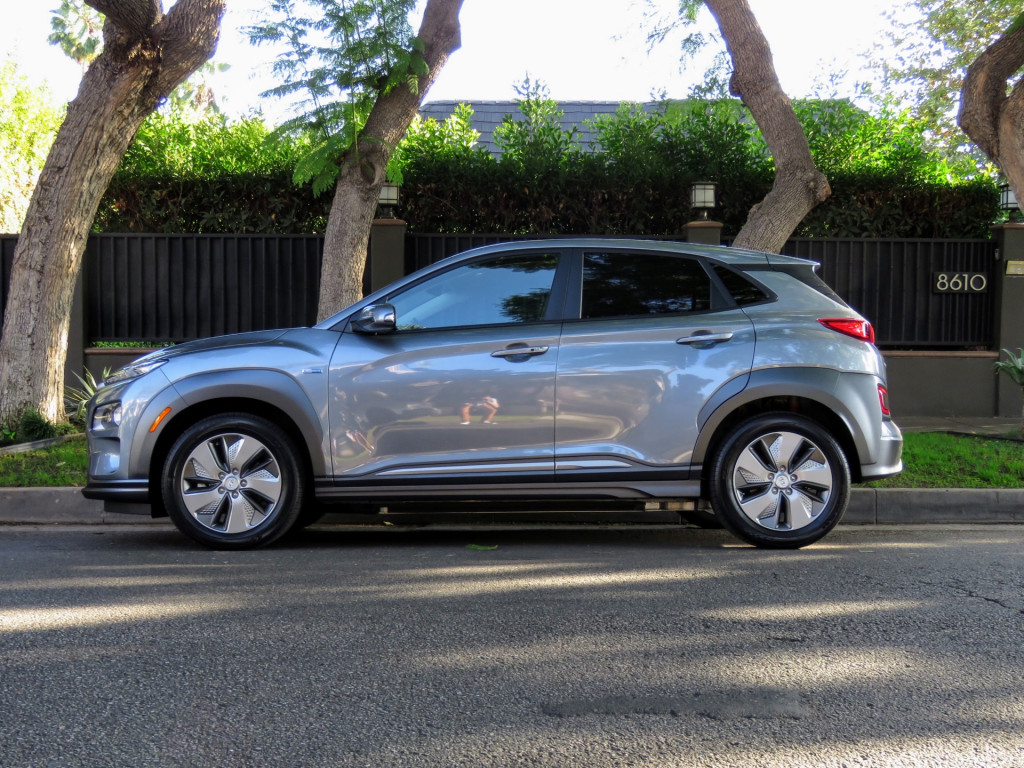
2019 Hyundai Kona Electric – First Drive – Hollywood, CA
There was also a whole lot of policy—or, we should say, potential policy. Earlier in the week two Senators from California urged President Biden to set a retirement date for internal-combustion car sales. Then just a few days later, more than 80 members of Congress together presented letters urging the Biden administration to restore Obama-era standards for fuel economy and emissions through 2025. They’re also reportedly seeking a target of 60% EVs by 2030.
With a Biden administration review expected to take six months, Tesla is asking a court to reinstate a 2016 rule that would enact steeper fines for automakers failing to meet fuel economy ratings.

2022 GMC Hummer EV
And we looked at how pickup trucks have been a longtime profit center for the Detroit automakers. As the industry pivots to electric trucks, will these manufacturing giants be able to turn their expertise into an electric-truck market advantage? Would good federal policy be the assist that’s needed?
_______________________________________

